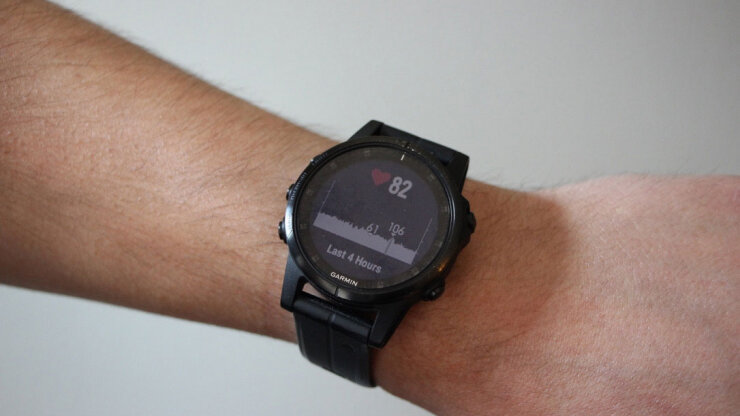
Researchers at Duke University have developed a way to use data collected from wearable devices like smartwatches to identify people with possible COVID-19 infections.
This knowledge will enable health care workers to conduct testing more efficiently, as they’ll be able to identify more positive cases using fewer tests and in less time. This improved efficiency can help address testing supply shortages during outbreaks of new variants and diseases and in settings where testing resources are scarce.
The study appeared on September 1 in npj Digital Medicine.
During an outbreak, public health experts conduct surveillance testing to study and control the spread of disease through a population. Surveillance testing can help to catch infections before they would be spread further, which limits the reach of disease outbreaks.
But, as the public saw during the COVID-19 pandemic, this process can be hindered when there aren’t enough tests to go around.
“Surveillance testing is a great tool if you have enough tests, but if there is a shortage, you need to be strategic about how you use them,” says Md Mobashir Hasan Shandhi, a postdoctoral research fellow at Duke. “It was clear that we didn’t have enough tests at the beginning of the pandemic, and that shortage persists globally. And when the Delta variant appeared last July, the daily demand for tests surged from 250 thousand to 1.5 million in two months, and testing capacity didn’t meet the sudden demand.”
To address this issue, Jessilyn Dunn, an assistant professor of biomedical engineering at Duke, and members of her lab, including Shandhi, Peter Cho and Ali Roghanizad, developed an Intelligent Testing Allocation (ITA) method by analyzing health data collected through their lab’s COVIDentify study.
Volunteers in the COVIDentify study filled out regular symptom surveys, submitted diagnostic tests and synced their smartwatches up to the COVIDentify app or submitted their data directly to the team. The program then analyzed biometric data from the wearable devices, specifically the participant’s activity levels, sleep levels and heart rate, and examined how that health data matched with symptoms that could indicate a COVID-19 infection.
To ensure that they were working with a robust data set, the team expanded their scope to include Stanford University’s MyPhD study, which similarly required participants to share their smartwatch data to track COVID-19 symptoms and diagnosis.
After analyzing the data, Dunn and her collaborators observed that many patients who reported a positive COVID test experienced a raised resting heart rate (RHR) in the days leading up to their diagnosis. They also saw that many participants took fewer steps for multiple days before testing positive.
“We developed a machine learning algorithm and trained it to use these biomarkers to identify potential COVID-19 infections,” said Roghanizad, a post-doctoral fellow in the Dunn lab. “Initially we thought incorporating both the activity levels and heart rate data into our algorithm would make it more accurate, but just identifying persistent changes to a person’s resting heart rate was a much more accurate predictive indicator of infection because it changes earlier in the course of the infection.”
Using their algorithm, the researchers developed their ITA method to identify and test the most likely COVID-19 cases. Their approach resulted in a 6.5-fold increase in the positivity rate as compared to the standard random allocation testing method.
“Our ITA method significantly increased the positivity rate, which translates to a lot more caught infections,” said Cho, a Ph.D. student in the Dunn lab. “A change in someone’s resting heart rate wasn’t always indicative of a COVID infection, but we showed that it’s a very good guiding metric, especially when you’re working with limited resources.”
The team will continue to analyze the data from the COVIDentify study to develop additional digital biomarkers for COVID-19. Ultimately, they would like to develop a way to use wearable data to identify and diagnose COVID-19 infections as soon as physiologically possible (e.g., within 24 hours of pathogen exposure). They also hope to expand their model so it can be applied to other respiratory illnesses, like the flu.
Source: Read Full Article
